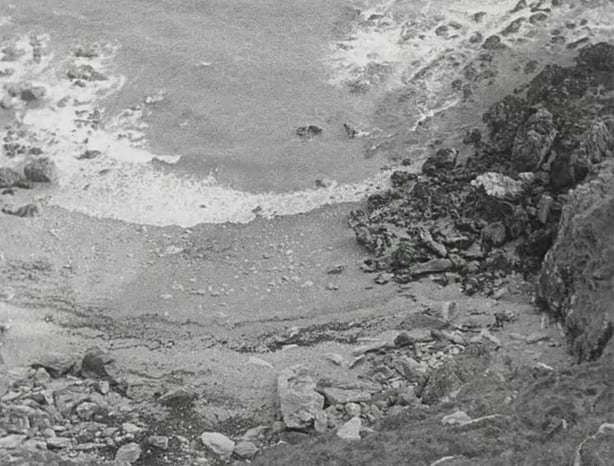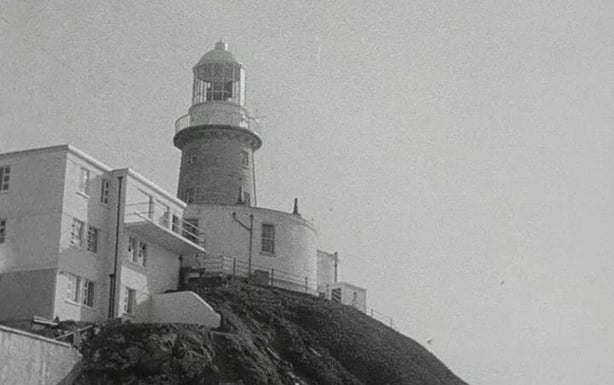The peninsula, harbour and village of Howth have seen many changes but the area still has much to offer visitors.
The rocky headland of Howth in north county Dublin has changed much over the centuries since the days when the legendary King Crimthaind had a fortress there but it is still a place of great interest to the visitor.
Howth has for centuries been a landing place for merchants and invaders.
By the 18th century, Howth harbour was well developed acting as a terminal for a ferry service from England. From 1807 to 1810, the harbour was redeveloped to cope with the increasing traffic. However, before the redevelopment was complete, the harbour had silted up and traffic from across the Irish Sea moved to Dún Laoghaire. Howth then became a quiet fishing village.
An Taisce, now owns about 300 acres across the Hill of Howth and guarantees that this area will be kept for the enjoyment of the people of Howth and visitors alike. While Howth covers a small area, it has a long and rocky coastline.

To reach the beach here at Whitewater Brook, you have to travel down 200 hundred odd steps.

The Bailey Lighthouse in Howth was built in 1814 on the remains of ancient fortress. The fortress was inhabited by King Crimthaind during the 1st century AD. King Crimthaind is said to buried on the Hill of Howth.
The coastline at Howth is very dramatic with its high cliffs and many coves, creeks and bays but it has its dangers and great care should be taken here always.
This episode of 'Amuigh Faoin Speir' was broadcast on 9 March 1973. This report is in both English and Irish. The presenter is Éamon de Buitléar.
'Amuigh Faoin Speir' was an RTÉ television wildlife series. The first episode was broadcast on 27 March 1966. The programme was made by Éamon de Buitléar and produced by Gerrit Van Gelderen.


























